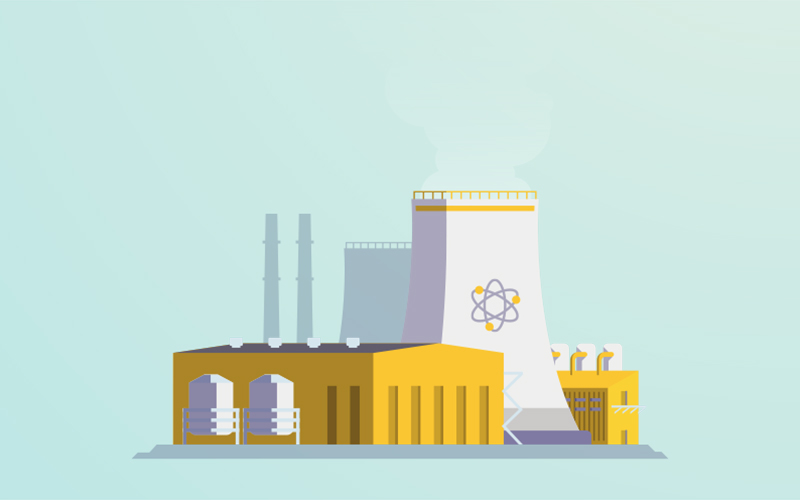Hydrogen revolution offers huge opportunities in nuclear
The potential for a nuclear and hydrogen partnership is a natural fit and worthy of future investments, says Tim Yeo at New Nuclear Watch Institute

Earlier this year, Dr Fatih Birol, Executive Director of the International Energy Agency, declared that for the world to have any chance of limiting the rise in average surface temperature below 2˚C, a massive expansion in hydrogen production is essential.
Dr Birol suggested that a 90-fold increase in global hydrogen production capacity is needed by 2030. Achieving growth of that scale in little more than eight years will require a revolution – one that offers the nuclear energy industry an exciting opportunity.
At present, the easiest and cheapest way to manufacture hydrogen involves using natural gas. While the CO2 emissions caused by this process are only a fraction of the emissions avoided if the hydrogen produced this way is used to replace diesel in lorries and buses, the race is now on to develop new low-carbon hydrogen production technologies.
The nuclear option
One of the most promising technologies is methane pyrolysis, which harnesses the heat and steam produced by nuclear plants to produce hydrogen. This process could have the significant advantage of enabling nuclear plants to run at full capacity even when a surplus of cheap wind and solar-generated electricity would otherwise cut demand for nuclear energy.
Looking ahead, Generation IV nuclear reactors will operate at very high temperatures, and this further increases the potential for nuclear to be a source of cost-effective hydrogen production.
In the US, historically low natural gas prices mean that many older nuclear plants face an uncertain future despite their very low running costs. Seizing the hydrogen opportunity could facilitate more years of profitable operation for these plants. The necessary technology could be available by the middle of this decade.
Experts estimate that a 1GW nuclear reactor could produce 200,000 tonnes of hydrogen a year. By themselves, 10 such reactors could provide one-fifth of all the hydrogen currently used in the US.
A 1GW nuclear reactor could produce 200,000 tonnes of hydrogen a year
Establishing a hydrogen economy
In the UK, the Climate Change Committee has suggested that 225TWh of low-carbon hydrogen will be needed by 2050 to complete the decarbonisation of the power sector. Earlier this year, the Nuclear Industry Council agreed its Hydrogen Roadmap, which outlines how nuclear can be a major player, alongside renewables, in a green hydrogen future. In Europe, the likely impact of the EU Taxonomy on the hydrogen market is not yet clear, though it seems likely to favour green hydrogen.
The speed with which the potential revolution in hydrogen production is rolled out will depend on the right regulatory framework and positive market signals. The increasing use of carbon pricing and the big rise in the price of EU carbon allowances provide an encouraging background.
Nevertheless, government interventions are needed if the benefits of hydrogen are to be exploited as quickly as the fight against climate change requires. Land use planning regulations must be tweaked to favour hydrogen-related developments, right down to the level of a rapid rollout of hydrogen fuelling infrastructure to accelerate the switch from diesel to hydrogen as a transport fuel. Fiscal support and well-resourced research programmes are also important.
UK must act now
Getting started now could give the UK a chance to be a world leader in the forthcoming hydrogen revolution – a position that it enjoyed 60 years ago in the nuclear industry. This status could unlock economic benefits in the form of supply chain opportunities, many of which could be centred around energy clusters in the North West of England, close to Boris Johnson’s cherished ‘Red Wall’ seats.
If the prime minister wants to make his mark at COP26 in November, he should secure a positive pro-nuclear statement from the Conference and commit the UK to the rapid expansion of hydrogen production and use. In a post-Brexit world, these actions might also push the European Commission towards a less equivocal attitude to both nuclear and hydrogen.
By Tim Yeo, Chairman, New Nuclear Watch Institute
Image credit | Shutterstock






Follow us
Advertise
Free e-Newsletter